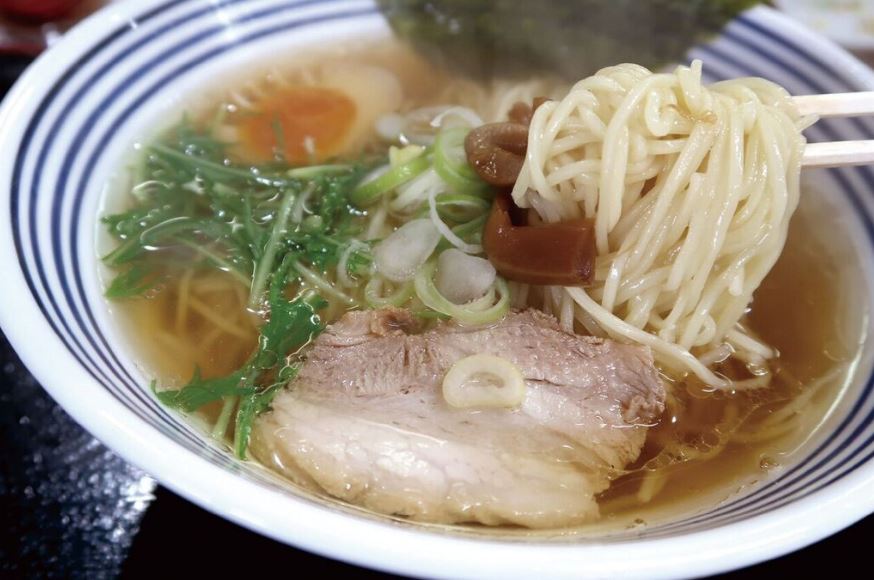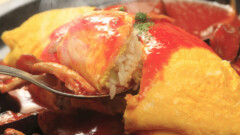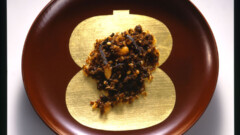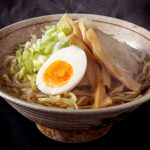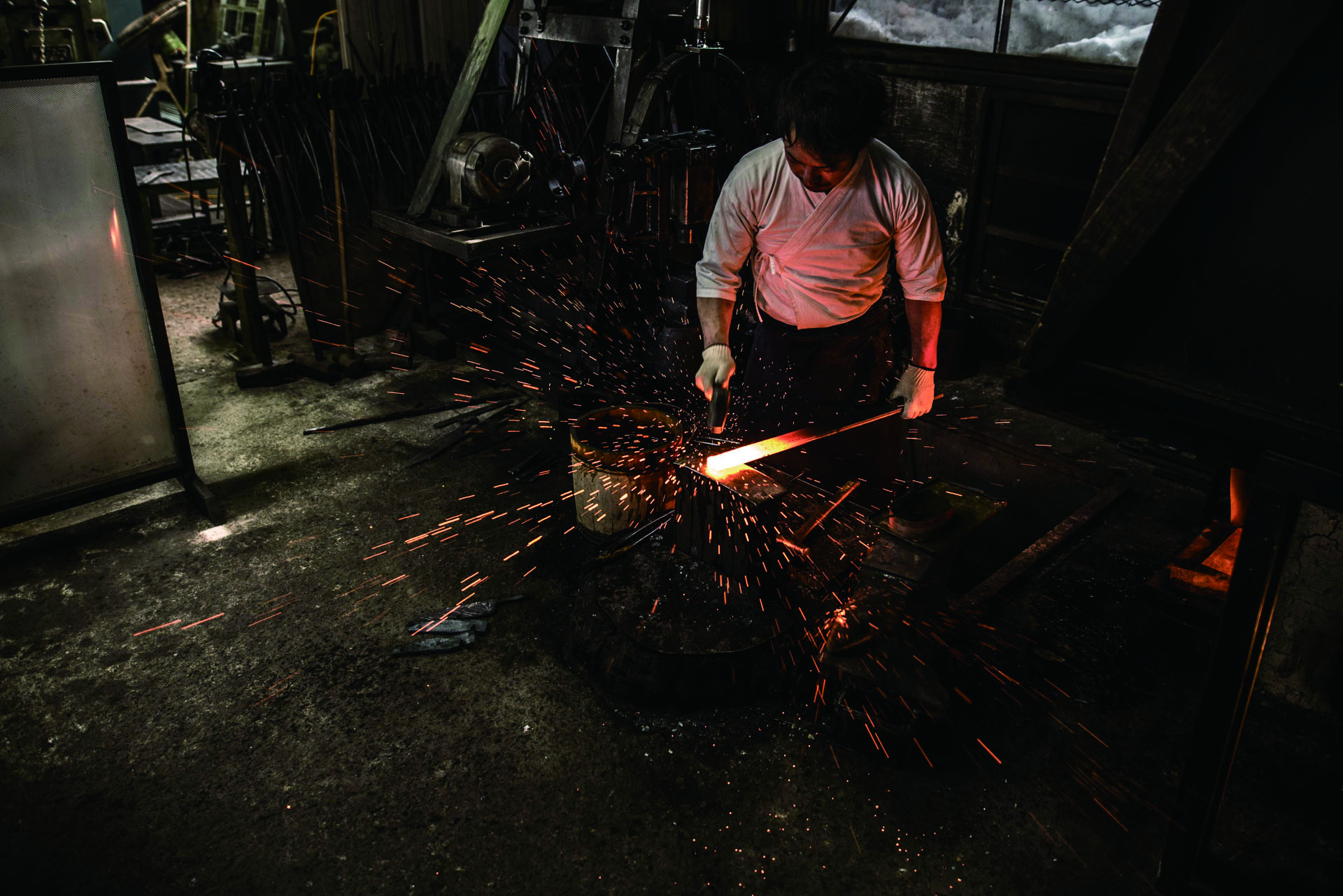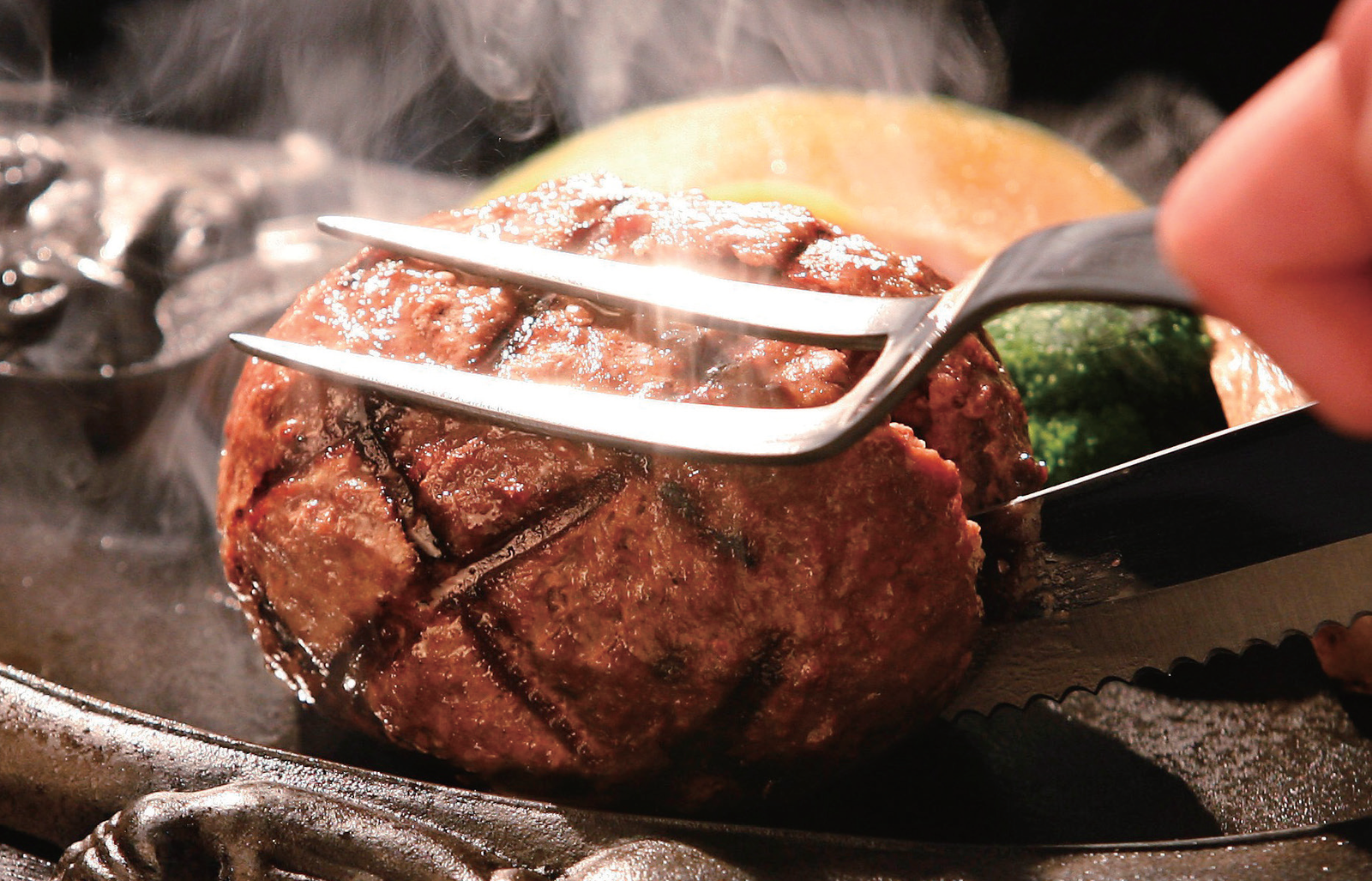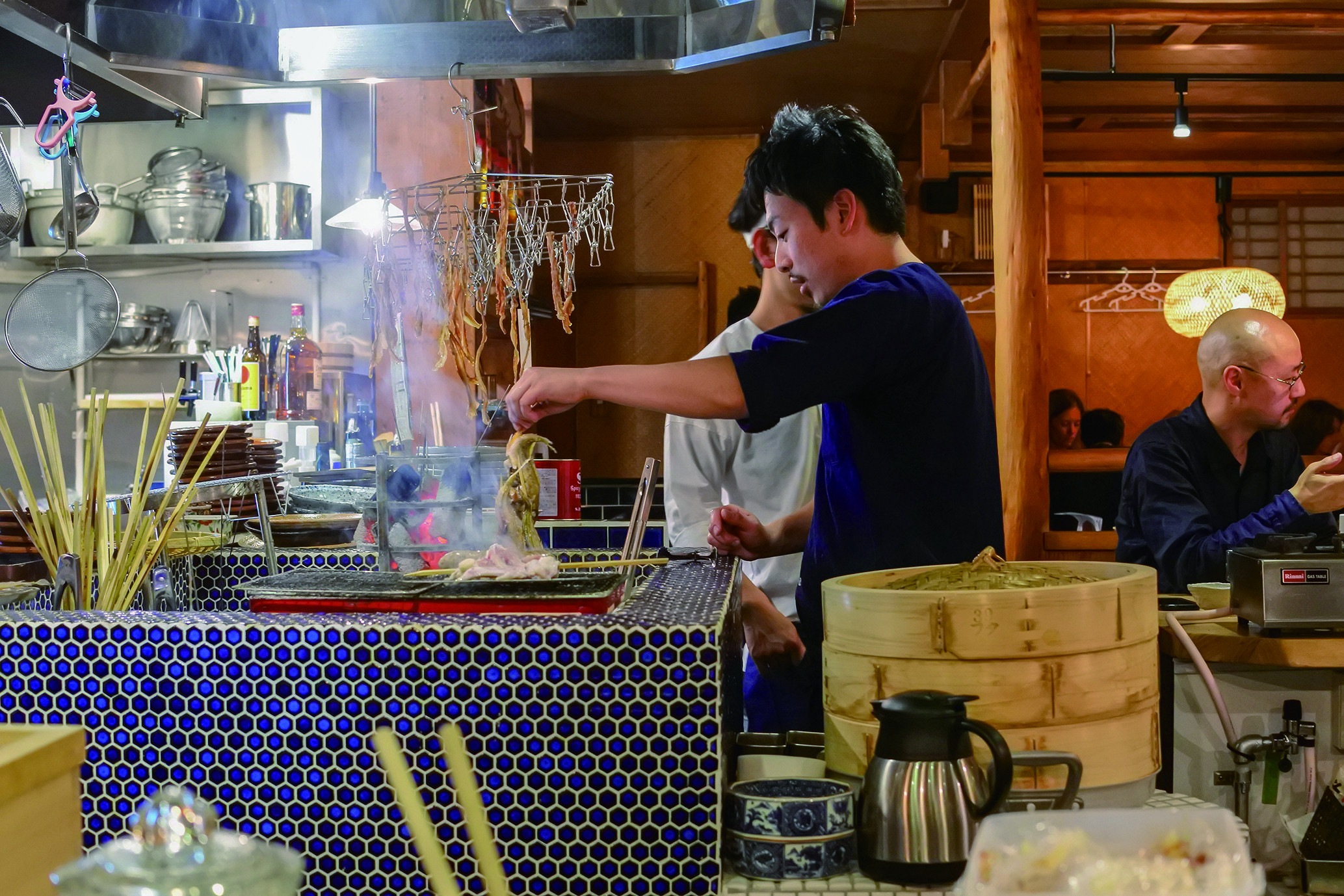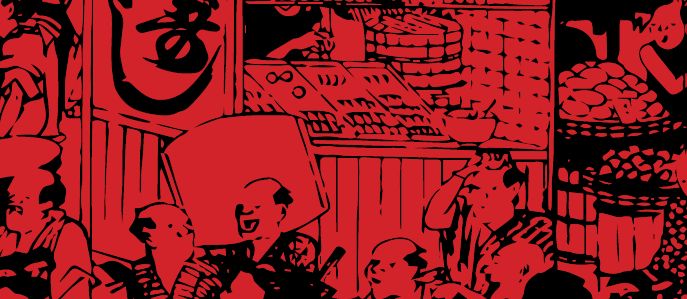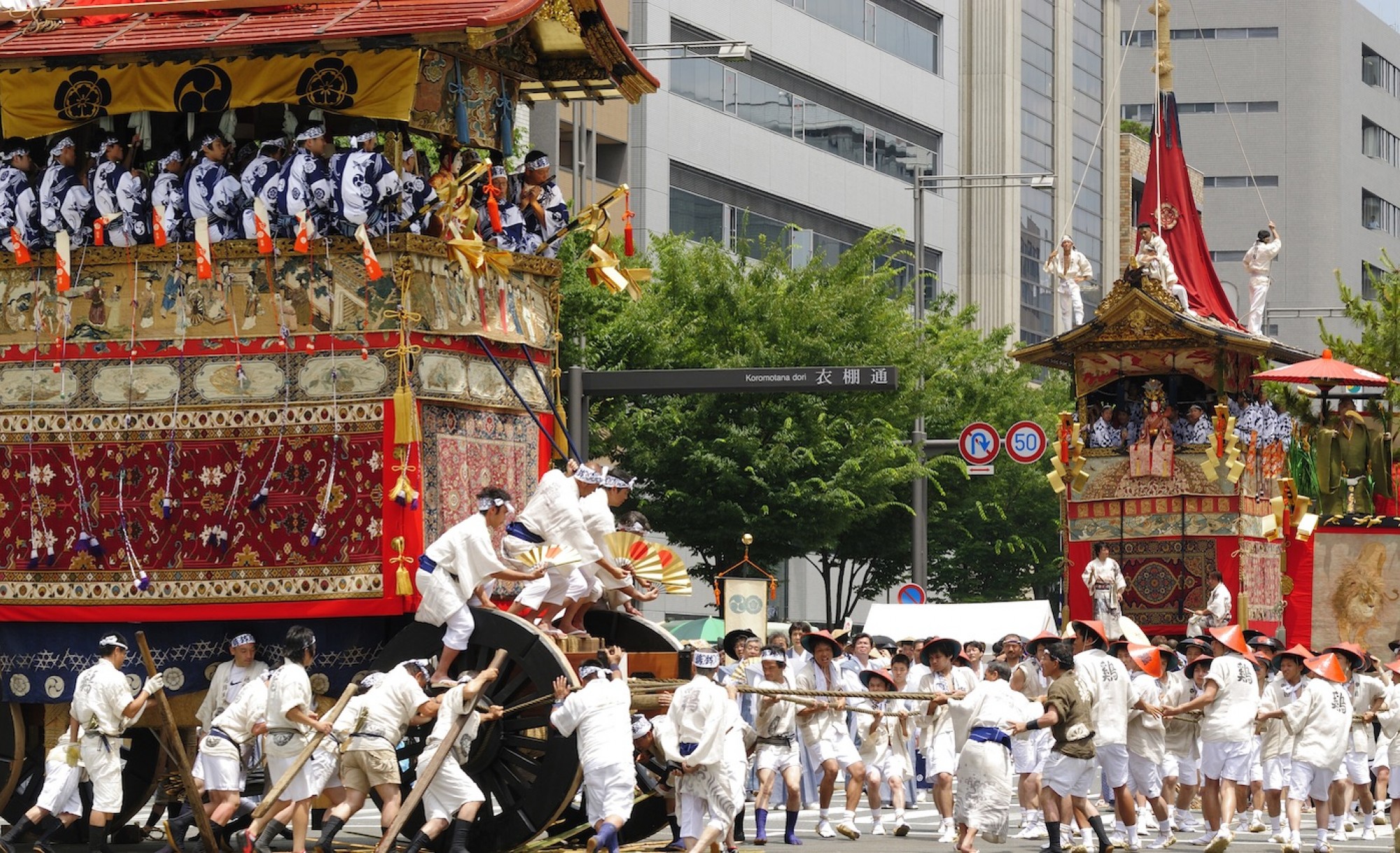The Ramen Labyrinth
In Japan, it is said that when two strangers run out of things to say to each other, asking, “What’s your favorite type of ramen?” will spark a conversation for at least 30 more minutes.
For instance: “I like shoyu tonkotsu, with thick niboshi soup, flat curly noodles, roast pork and extra menma!”
“Well, I like mine salted, heavier on the shrimp flavor, straight and extra thin noodles, with boiled chicken and mizuna lettuce!”
That may not have made any sense to you.
But the Japanese take their ramen very seriously. Why? Here’s a breakdown of Japan’s ramen history.
Ramen has been dubbed the meal of the Japanese people. Its history, however, is surprisingly shallow. According to documents, the former Vice Shogun Mito Mitsukuni sampled Chinese noodles made from wheat and the flour of lotus root in 1665. This would never spread to the general public. During the Meiji era, 120 years later, immigrants from China founded Chinatown and began to serve Chinese noodles in a lightly salted broth that was called nankyo soba. But these purely Chinese noodles didn’t catch on with the Japanese and they never became popular.
Then, in 1910, ramen made its debut at Rairaiken, a new ramen shop in Asakusa, Tokyo. What used to be a light salt-based broth was transformed at Rairaiken into deeper flavored soup that drew its essence from pig bones and chicken, and with the addition of soy sauce, Japan’s staple spice, chuka soba noodles were born. The condiments at the time were roast pork, menma (bamboo shoot boiled in sweet and spicy sauce) and green onions — nearly identical to and thereby a prototype of the ramen offered today.
That’s right, ramen‘s history in Japan is only about 100 years old. But ramen goes through dramatic changes during these 100 years. The shoyu-flavored ramen born in Tokyo, along with salt flavored ramen, would proliferate throughout the nation, but eventually, every region came up with its own variety of ramen.
In 1947, the owner of Sankyu ramen shop in Fukuoka, Kyushu, fell asleep while preparing the soup. The pig bone broth overcooked and turned the soup white. But in taste-testing the mistake, the owner discovered the soup to be delicious. Marketed as tonkotsu (pig bone) ramen, it became a huge hit and spread throughout the Kyushu region.
In 1955, a ramen shop called Ají no Sanpei in Sapporo, Hokkaido, ended up with a new ramen thanks to a nagging customer. The customer, a regular at the ramen shop, insisted that the owner put some noodles in miso soup — which he did —but it didn’t taste good. So the owner decided that he would cook up a good bowl of miso-flavored ramen. After many tries, the owner got it right and created the first bowl of miso ramen. This was how the four major categories of ramen — shoyu, shio (salt), tonkotsu and miso — were born.
In the 1990s, however, a whole new ramen trend emerged. This one featured seafood-based broth made from niboshi, bonito and prawns, spiced with soy sauce, salt and miso. The broth is thereby robust, and rich with seafood flavor, and yet the ramen has a light enough mouth that made it a hugely popular ramen with female diners.
Furthermore, in the 2000s, a broth that blends both meat and seafood, called “W Soup,” made an appearance. The rich soup of pig bones, chicken and seafood has a unique taste like no other and continues to attract mainstream appeal.
Ramen chefs are limited only by their imagination in their pursuit of a unique broth they can lay claim to, so they can boast, “Our soup is (insert ingredient here)-based!” Some broths have been concocted out of various combinations of ingredients, while others were created around one main ingredient. Either way, the ramen soup continues its evolution.
When it comes to the type of noodles themselves, choices are not limited to thick, thin, curly and flat, but where they are grown and how they are blended. (Some shops knead their own noodles on site!) With regards to toppings, shops offer their own specialities in addition to the usual staples.
The more you pursue your favorite type of ramen, the more labyrinthine the experience becomes.
Discovering your own choice of ramen is no longer just a Japanese adventure; it is happening now in America, Europe and Asia.
Perhaps it’s time for you to step into this delicious maze?
